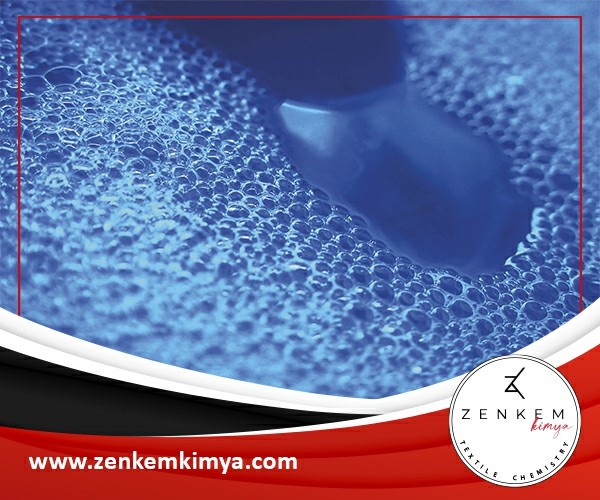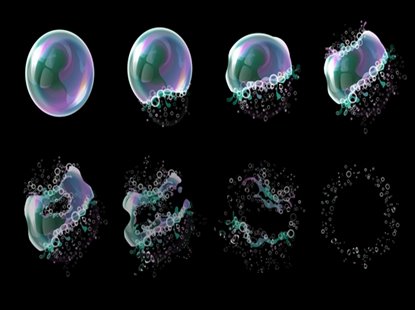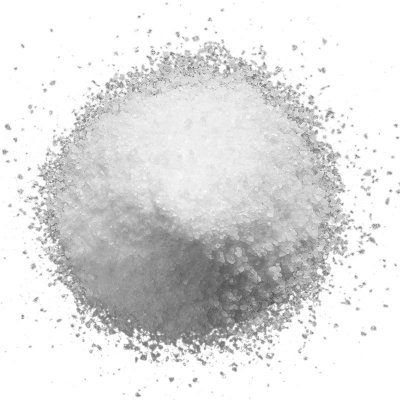Discover the Environmental Impact of Defoamers in Industrial Applications
Discover the Environmental Impact of Defoamers in Industrial Applications
Blog Article
The Function of Defoamers in Enhancing Product Quality and Performance
Defoamers offer as crucial ingredients that mitigate this issue, making certain smoother manufacturing operations while enhancing the useful and visual qualities of the final items. The selection of the proper defoamer can be vital to achieving ideal results, raising essential concerns concerning solution compatibility and efficiency metrics that merit additional expedition.
Comprehending Defoamers
Comprehending the role of defoamers is necessary for maintaining product high quality across numerous industries. Defoamers are chemical additives made to minimize and avoid the formation of foam in liquid systems, which can detrimentally impact processes such as blending, filling, and surface tension. Frothing can bring about ineffectiveness, product flaws, and compromised aesthetic charm, making defoamers a crucial component in producing operations.
In industrial applications, defoamers help to enhance item consistency and security. For instance, in the paint and finishings industry, foam can hinder the application process and the final surface. In food and beverage manufacturing, extreme foam can prevent bottling and packaging efficiency. The effective usage of defoamers not only makes certain smoother manufacturing processes however likewise adds to premium product efficiency.
Additionally, the selection and solution of a defoamer need to align with specific application requirements, such as compatibility with other ingredients, effectiveness under differing temperature and pH problems, and prospective regulatory restrictions. Inevitably, recognizing defoamers' functions and their relevance in different formulas is critical for enhancing manufacturing and ensuring the best quality final product.
Kinds Of Defoamers
Defoamers can be classified into a number of kinds based on their composition and device of action. The main types include silicone-based, non-silicone organic, and inorganic defoamers.
Silicone-based defoamers are among one of the most efficient, mostly due to their capacity to spread promptly on the fluid surface and disrupt foam development. Their unique chemical framework permits superior stability, making them ideal for high-temperature applications and settings with differing pH degrees.
Non-silicone natural defoamers, usually made up of fatty acids or natural oils, are valued for their biodegradability and lower poisoning. These are normally made use of in food and beverage applications where safety and security and environmental effect are vital.
Inorganic defoamers, which consist of materials like talc or calcium carbonate, act by increasing the density of the fluid, consequently lowering foam security. They are usually used in commercial processes where compatibility with other materials is not a worry.
Each sort of defoamer has distinctive benefits and limitations, permitting for tailored options depending upon the details lathering issues experienced in numerous applications. Comprehending these distinctions is critical for optimizing efficiency and attaining desired item top quality.
Applications Throughout Industries
Various industries leverage defoamers to improve item quality and operational efficiency. In the food and beverage field, defoamers are vital in procedures such as brewing and milk manufacturing to prevent foam development, which can cause ineffectiveness and product variance. By controlling foam, makers can guarantee much better return and an extra uniform item.
In the pharmaceutical industry, defoamers play a vital role in the formula of fluid drugs, where too much you could look here foam can impede blending and precise dosing. Their use helps keep the stability of the formulations and facilitates smoother manufacturing processes.
The paint and finishes industry also counts on defoamers to enhance the efficiency of items during application. By decreasing foam, these ingredients make certain a smoother finish and enhance the aesthetic high qualities of the end product.

Advantages of Utilizing Defoamers
While the application of defoamers differs across sectors, their benefits consistently boost product high quality and procedure effectiveness. One considerable benefit is the reduction of foam formation during producing processes, which can otherwise result in manufacturing hold-ups and variances in product quality. By lessening foam, defoamers allow a smoother flow of products, promoting a lot more investigate this site reliable operations and minimizing the possibility of tools breakdowns.
Additionally, making use of defoamers can boost the appearance and texture of end products. In industries such as finishes, paints, and food processing, too much foam can endanger the visual aesthetics and total top quality, while the proper defoamer application makes sure an uniform surface and desirable characteristics. In addition, defoamers can add to set you back financial savings by reducing waste during production and maximizing using raw products (defoamers).

Choosing the Right Defoamer
Choosing the right defoamer is important for enhancing production processes and guaranteeing product high quality. The selection of defoamer affects not just the effectiveness of foam control but also the general performance features of the last product. Aspects to take into consideration consist of the sort of application, the chemistry of the formula, and the ecological problems under which the product will be utilized.
Different sectors may require certain defoamer kinds, such as silicone-based, organic, or polymeric defoamers. Comprehending the compatibility of the defoamer with the primary visit their website ingredients is important to avoid unfavorable reactions that can endanger item integrity. In addition, the defoamer's performance in different temperature levels and pH degrees have to be examined to guarantee regular efficiency.
Checking the defoamer in small applications can offer useful insights into its performance and viability. Consideration of governing conformity, especially in food, drugs, and cosmetics, is extremely important in choosing a defoamer. Ultimately, a thorough evaluation of these variables will cause the selection of a defoamer that not only controls foam efficiently yet likewise boosts the quality and efficiency of the end product.
Verdict

In verdict, defoamers are vital additives that dramatically enhance item quality and efficiency across various markets. The tactical selection and application of defoamers lead to cost financial savings, enhanced source usage, and raised client fulfillment.
Foaming can lead to ineffectiveness, product flaws, and compromised visual charm, making defoamers an important component in producing procedures.

Report this page